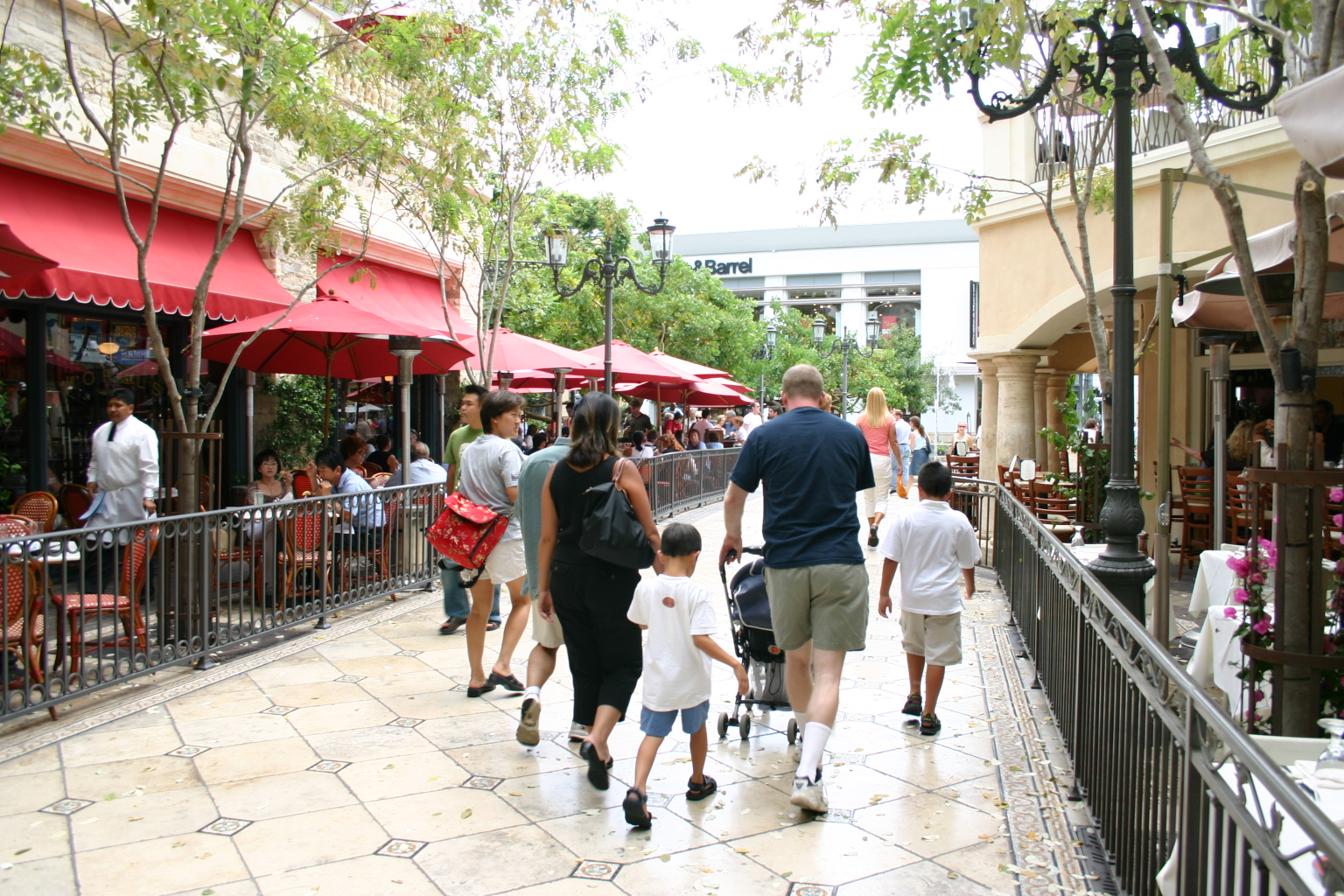February 28, 2022
Topics
Cities have created hundreds of miles of slow and shared streets to increase the amount of safe, healthy and vibrant places for active transportation and social activity during the pandemic closures. A total of 125 different programs across 157 different municipalities have experimented with creating slow and shared streets in response to the COVID-19 crisis according to a recent study by CityLab’s Stephan Schmidt and Cornell University.
The need for communities to proactively create safe spaces for pedestrians extends beyond the pandemic—over the past decade (2010-19), the number of people struck and killed by drivers nationwide while walking increased by an astonishing 45%.
As cities begin to reopen, many are reassessing these spaces—considering whether to extend their slow streets, put in place more permanent measures, or return to a car-focused status quo.
The Cornell study could be informative as local governments make these decisions. They analyzed 125 pedestrian malls created in the 1960s and ’70s to determine why so many of these experiments failed (only 43 of these are still open), and more importantly what could be done to improve the success of pedestrian-focused streets moving forward.
They determined the following:
- Sprawl kills: There is a direct relationship between successful pedestrian malls and local population density. Spread-out cities have a harder time supporting pedestrian-oriented retail and vibrant downtowns due to greater competition with auto-oriented retail in suburban locations. As population density increased, the risk of pedestrian mall closure subsequently decreased. Denser cities are also better able to support public transportation which helps to produce foot traffic.
- Bigger isn’t necessarily better: Longer malls suffered from a higher risk of closure sooner compared with shorter length malls.
- Foot traffic is important: Key destinations within walking distance of the pedestrian mall provide a source of pedestrian traffic which also helped with long term success (e.g. Santa Monica’s Third Street Promenade’s nearby beach).
- Youth matters: An increase in the median age of the city’s population by one year increased the risk of a pedestrian mall closure by about 8%. Proximity to a university or college was correlated with long-term success of malls.
The open streets ordinances that many cities have implemented during the pandemic provide good models for continuing actions to foster safe, healthy and walkable places, and reduced car dependency to meet every day needs.
By reimagining our streets and public spaces to make it through the pandemic and beyond, we can also test and experience new ways to increase community livability, vibrancy and resilience, and reap benefits that can extend long after the current crisis.
Resources:
- “Lessons From the Rise and Fall of the Pedestrian Mall,” Bloomberg CityLab
- Reimagining Our Streets, from CivicWell’s Pandemic Recovery and Beyond factsheet series
Policy Corner
The deadline for the introduction of new legislation arrived on January 18 with about 1,300 new bills offered in the Assembly and around 600 new bills entered in the Senate. Among the bills are a multitude that address climate, water, energy, housing, and transportation.
SB 1369, authored by Senator Bob Wieckowski, is co-sponsored by CivicWell and the Infill Builders Council. The bill would permit the adaptive reuse of any commercial, office, public, or industrial buildings with an occupancy of 25% or less for housing by right. Adaptive reuse would be limited to residential units only or mixed use with at least two-thirds of the building designated for residential use. One additional story may be added to the roof of an existing building. No more parking than that which is on the existing site may be required.
An adaptive reuse project shall be subject to the California Existing Building Code (Part 10 of Title 24 of the California Code of Regulations). An adaptive reuse project would be eligible for a bonus under the Infill Infrastructure Grant Program (IIGP). The state Building Standards Commission would be required to update the California Existing Building Code to facilitate adaptive reuse projects.
California continues in the midst of a severe housing crisis with many experts estimating that the state is short by more than 3 million housing units. In 1999, the City of Los Angeles adopted an ordinance to permit the adaptive reuse of office and commercial buildings in the downtown area. According to a study by the Central City Association (CCA) of Los Angeles in April 2021, during the first 20 years of the ordinance, over 12,000 housing units were created by adaptive reuse in downtown Los Angeles, more than 30% of the total of 37,000 units of housing downtown during that time period. The CCA projects that if just 5%-10% of the 155,000,000 square feet of office space in downtown Los Angeles is converted to housing, it would yield another 8,000 to 16,000 new units. Los Angeles is now considering expanding the adaptive reuse ordinance to other parts of the city, and some other cities such as Santa Ana and Sacramento have adaptive reuse ordinances.
We also know that we face a climate crisis. The Intergovernmental Panel on Climate Change has said we are in a “code red” condition to take action to reduce the rate and extent of global warming in order to avoid a catastrophe. Up to half the greenhouse gas (GHG) emissions of new construction come from demolition of existing buildings. Adaptive reuse significantly reduces these emissions. Repurposing existing buildings also often reduces the GHG emissions from cooling and heating since the buildings were constructed in a more sustainable way originally. Reducing parking can cut GHG emissions from vehicles and encourage more active transportation.
Adaptive reuse is a strategy to preserve and enhance existing neighborhoods. With the pandemic leading to more remote work for those who previously occupied office buildings and an accelerated shift from brick and mortar shopping to online shopping, adaptive reuse revitalizes space that might otherwise be empty and lead to the deterioration of neighborhoods. By providing housing in buildings previously used for non-residential purposes, adaptive reuse also avoids displacement of any existing residents. In addition, adaptive reuse can work well in communities of all sizes.
SB 1369 will likely have its first hearing near the end of March or in early April. With a host of different interest groups from local government to organized labor to housing advocates involved in legislation regarding housing, getting the bill to the Governor to sign into law will be especially challenging.

Board Highlight
“Avid cyclists and dedicated visionaries have long dreamed of a Kern River Bike Trail that would one day stretch from Lake Ming in the east to the Buena Vista Aquatic Recreation Area to the west. On Thursday, that dream became a reality.”
– Bakersfield.com
Kern County Supervisor Leticia Perez joined community members and dozens of cyclists earlier this month to celebrate the completion of a 36-mile Kern River Bike Trail, stretching from Lake Ming in the east to the Buena Vista Aquatic Recreation Area to the west.
Partially funded through a grant from Caltrans’ Active Transportation Program, the trail is now the longest municipal bike trail in the country.
Read the full article here.





